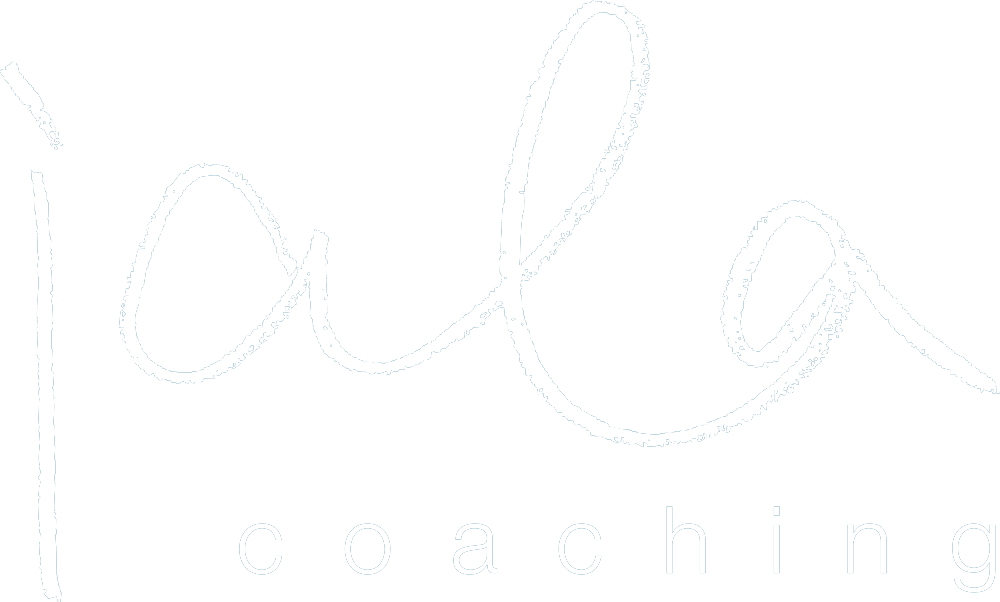Breathing for Focus & Relaxation
In order to stay calm & focused remember:
Keep your mouth closed and breathe through your nose!
Also during sports and while sleeping! Tape your mouth if it opens at night!
Nose breathing helps you to breathe healthy, meaning…
…slow, light & deep…
while ”deep” means moving the diaphragm - NOT breathing lots of air!
When you breathe through the nose, or slower than usual,
the feeling of not getting enough air is…
NOT due to a lack of oxygen,
but due to an elevated level of CO2.
CO2 is beneficial to our body! It increases the blood flow and oxygen delivery to the brain, organs and muscles. A habit of fast and hard breathing makes us sensitive to elevated CO2-Levels. Slowing down and soften your breathing will help you to, over time, get more tolerant to CO2. Thus, your body and mind are able to perform better and to relax and restore more easily. A measurement for CO2-Tolerance is the BOLT-Score. If you want to know how to measure and interpret it, you find information in my Blog Article How fit are you really? Or: do you know your BOLT-Score?
exercices
based on the Oxygen Advantage and Buteyko Method
*Important: Do not create strong air hunger if you have high blood pressure, are pregnant, have heart failure or a tendency to panic attacks. These exercises are supposed to calm and not stress you. If an exercise is challenging to the point that you feel anxious, reduce the intensity as described.
1. Nose Free Exercise
Basic for nose breathing is a clear nose. Whenever your nose is stuffed, use this exercise to free your nose:
take a normal breath in through the nose and exhale as normal
after your exhale, pinch your nose and hold your breath
while holding your breath, softly move your head up and down, left and right also move your body a little
hold your breath until you feel a medium to strong air hunger*
recover your breathing through the NOSE and let is get calm again
repeat about 5 times
***
2. Reduced Breathing
This exercise will increase blood flow to the brain and activate parasympathetic nervous system. Over time it will help your body adapt to higher levels of CO2 and making it easier to breathe slow, light and deep. It is also a great exercise to fall asleep:
find a comfortable position and put one hand on your belly
observe the cool air entering your nose and the slightly warmer air leaving your nose
observe the soft movement of your belly caused by the diaphragm moving down and up
with every breath, slightly reduce the volume of air entering your lungs
with every breath, slightly increase the length of your exhale
feel the sensation of air hunger increasing to a point, where you can still stay calm
if the air hunger stresses you, increase the volume of air or decrease the length of your exhale
if you do not feel air hunger, you are breathing to much air or too fast… decrease volume or/and speed
continue for 5 - 10 min
***
3. Humming
Another exercise to activate your parasympathetic nervous system, relax and increase blood flow. This exercise also increases nitric monoxide in the nasal cavity, which has an antibacterial and antiviral effect:
take a normal breath through the nose
make a humming sound with your exhale
with every exhale, slightly increase the duration of the humming
find a slow and relaxed rhythm and continue for 3 to 5 min or longer…
***
4. Many small breath holds
This exercise is helpful, when you feel you are just about to have a panic or asthma attack:
bring your attention to your breathing, if possible close your mouth and breathe trough your nose
after every exhale pinch your nose and count 5, 4, 3, 2, 1 (if 5 is too stressful, count from 4 or 3)
recover your breathing through the nose for about 10 to 15 secs
repeat until you feel in control again
***
5. Box Breathing
This exercises is of great help in “emergency” situations, when you feel like you are loosing control over yourself or/and a situation and you feel it is important to focus. Box breathing may also support you, when you have trouble falling asleep, as the counting and and slowing down of your breathing will relax you and getting you out of your head:
bring your attention to your breathing, if possible close your mouth and breathe trough your nose
inhale for a count of 4
hold your breath for a count of 4
exhale for a count of 4
hold your breath for a count of 4
if 4 is too slow, do it with a count of 3
if 4 is easy, increase to 5 or 6…
repeat until you feel in control again
***
Literature and Links
- Atomic Focus: Harness the True Power of Your Brain, Develop Resilience Against Stress, and Get Focused with Simple Breathing Exercises to Change Your Mental and Physical State, Patrick McKeown, 2021
- The Breathing Cure: Excercices to develop new Breathing Habits for a Healthier, Happier and longer life, Patrick McKeown, 2021
- Anxiety free: stop worrying and quieten your mind - The Only Way to Oxygenate Your Brain and Stop Excessive and Useless Thoughts. Featuring the Buteyko Breathing Method and Mindfulness, Patrick McKeown, 2020
- Oxygen Advantage Webseite Find valuable products, a free app and online trainings. MyoTape in particular can be helpful, to safely keep our mouth closed during sleep.


